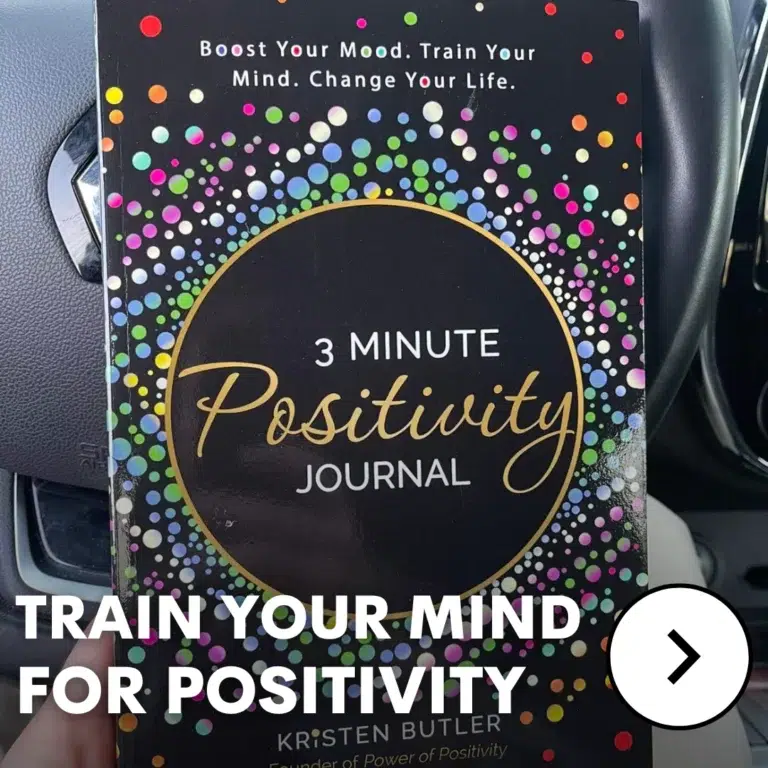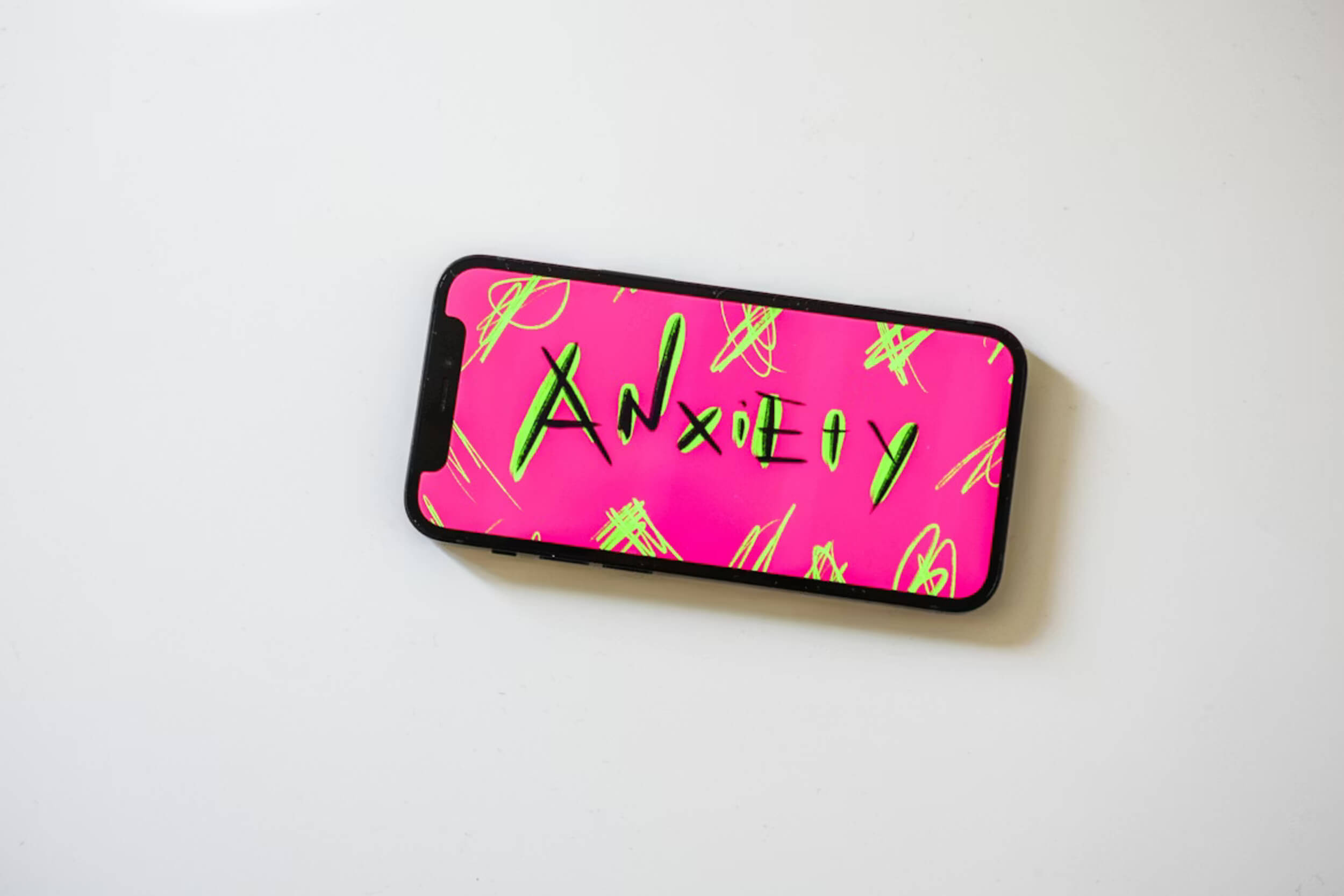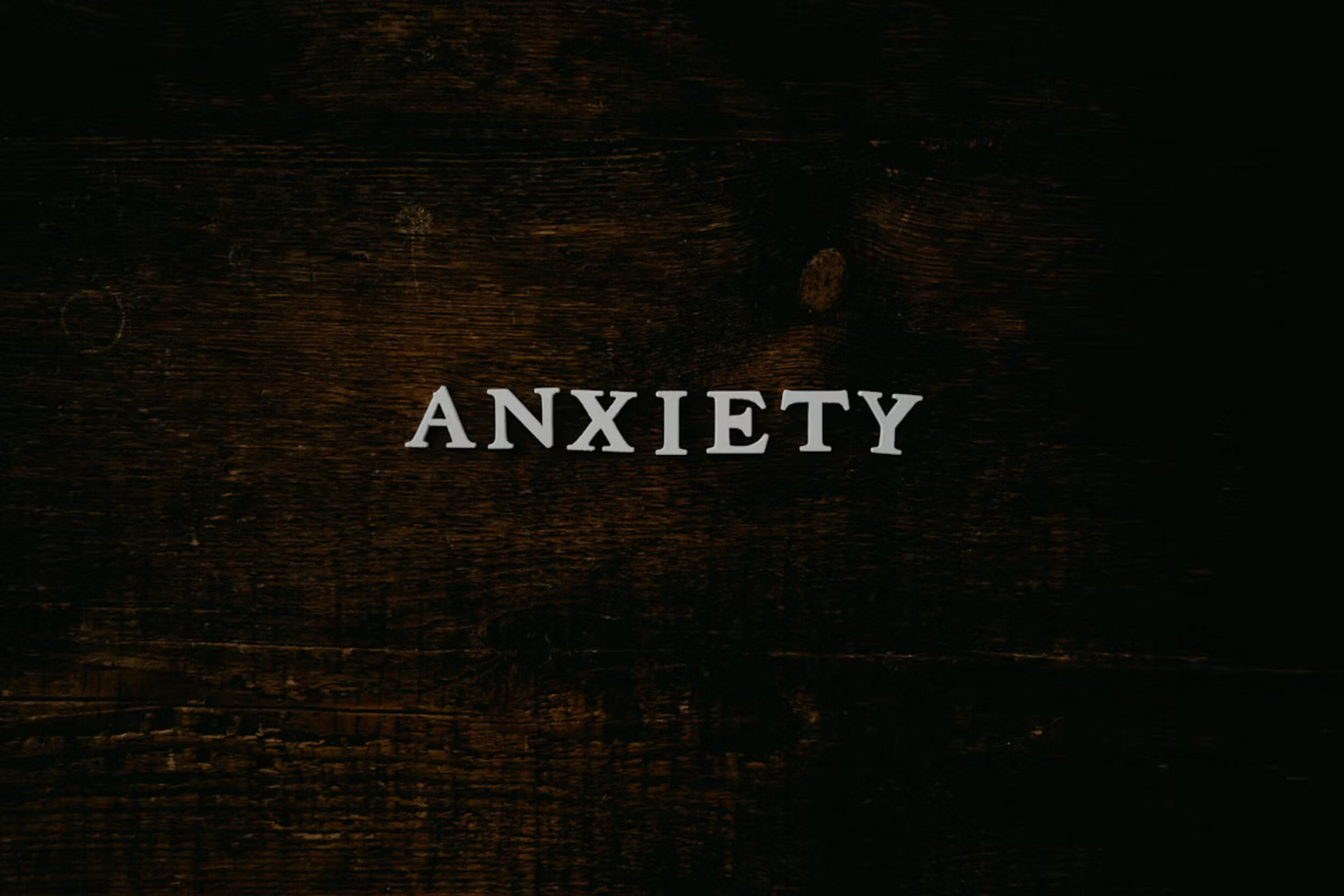You tell yourself it’s just a long day. That tight shoulder? Probably from sleeping weird. The headache? Just skipped breakfast. Back pain? Must be the chair. One excuse at a time, you brush it off — because there’s too much to do, too many people to care for, and no room in the day for slowing down.
But here’s what most people miss: your body isn’t trying to ruin your day. It’s trying to get your attention. When something feels off, that’s not weakness — that’s communication.
Talking through pain is how the body speaks when other signs are ignored. It’s not dramatic. It doesn’t yell at first. It starts small — a pinch, a dull ache, an unusual heartbeat — hoping you’ll notice.
The real danger? Not the pain itself, but how long you wait to listen. Keep reading, and you’ll start seeing those little signs for what they really are: your body asking for help.
Why We’re So Good at Tuning Pain Out
Since we were young, many of us were told to “tough it out.” Whether it came from coaches, teachers, or even ourselves, there’s this idea that pushing past pain is something to be proud of. The phrase “No pain, no gain” gets repeated so often it becomes a rule — even when that pain is clearly a warning.
Hard work isn’t the problem. It’s the way pain gets treated like a sign of weakness instead of a signal. Talking through pain is seen as complaining, when really, it could be the smartest thing you do.
Distraction Is the Default
Modern life makes it way too easy to ignore your body. You’re busy juggling work, errands, messages, and everything else. Pain has to compete with a buzzing phone and a crowded to-do list.
Most people don’t even notice the first warning signs because they’re drowned out. It’s only when pain gets loud — or stops you completely — that it finally gets attention. By then, it’s already grown into something bigger.
Pain Isn’t Always Loud — But It’s Always Honest
Some aches don’t scream — they whisper. And because they’re quiet, they get brushed off.
These are signs your body is talking through pain:
- You wake up already tired
- That one shoulder always feels tight by the end of the day
- Your lower back complains every time you sit too long
- There’s a dull headache that always shows up after stressful conversations
Each of these is a sign your body is trying to say something — gently at first.
Your Body Doesn’t Lie
What’s helpful about pain is that it doesn’t make stuff up. If something hurts, there’s a reason.
That doesn’t always mean it’s serious — but it does mean something’s off. Maybe it’s stress. Maybe it’s poor sleep. Or maybe your body’s done being ignored.
Talking through pain means tuning into these small shifts before they grow into something you can’t work around.
The Messages Pain Might Be Sending
Your body has limits. Go past them too many times and pain steps in to pull the brakes.
These are signs of doing too much:
- Repeating the same movement (typing, lifting, running)
- Poor posture that strains your muscles
- Long work hours without breaks
- Skipping rest days after exercise
Instead of forcing through, pause. Talking through pain in these moments lets you correct the issue before it becomes a full-blown injury.
Emotional Load
Pain isn’t just physical. Stress, worry, and heavy emotions can leave real marks on your body.
Here’s how emotional weight can show up:
- Tension headaches after hard conversations
- Jaw pain from clenching when anxious
- A tight chest during burnout
- A sudden flare-up during emotional stress
Your body holds what your mind avoids. Listening to what that pain is telling you — even when it’s tied to emotions — is part of understanding the full message.
The Cost of Not Listening
A small ache doesn’t stay small forever. Ignoring it often means giving it room to grow.
Watch how this happens:
- Sore shins → stress fractures
- Tight neck → migraines
- Stiff lower back → nerve pain
- Clicking knee → joint damage
What starts as discomfort becomes injury when it’s brushed aside again and again.
Delayed Healing
Pain needs attention to go away — not just time. The longer you wait to do something about it, the longer recovery takes.
Many people wait until they’re forced to rest. But by then, they’re weeks (or months) into a cycle that could’ve been interrupted early.
Talking through pain doesn’t slow you down. It actually helps you stay active longer — just in a smarter way.
Signs You’re Disconnected from Your Body
Pain becomes background noise when you hear it often enough. And instead of responding, you explain it away:
- “It’s just aging.”
- “It’s because I’m a mom.”
- “That’s what happens after 30.”
This thinking turns real symptoms into things you’re supposed to just deal with — and that’s where the real trouble starts.
You Don’t Know How You Feel Until It’s Bad
It’s easy to ignore how your body feels — until you can’t. That’s often when people take action: when pain forces them to stop everything.
Here’s what that looks like:
- Lying flat on the floor because your back locked up
- Cancelling plans because of a headache that won’t quit
- Needing help to move because your joints won’t cooperate
Talking through pain isn’t weakness. It’s awareness. And the earlier that awareness kicks in, the less likely you are to be taken out of your routine.
Tuning In Without Panic
Not every pain means something serious. Some signals are small course-corrections, not big red flags.
Here’s what healthy listening sounds like:
- “That’s the third day in a row my shoulder feels off.”
- “I’ve been waking up with a stiff neck — maybe it’s the pillow.”
- “I always feel tight after a long drive — time to stretch.”
This mindset keeps you aware without making you anxious. You’re not diagnosing — you’re noticing.
Notice Patterns, Not Just Moments
Pain doesn’t always show up as a one-time thing. Often, it comes and goes in a cycle.
Look for patterns like:
- Headaches after poor sleep
- Joint stiffness during cold or rainy weather
- Back pain after long days of sitting
- Sore hands after working at a computer too long
When you spot what keeps coming back, you stop guessing and start adjusting. This is the core of talking through pain — it’s about paying attention, not panicking.
What Listening Looks Like in Real Life
You don’t need to overhaul your life. Sometimes, small responses make a big difference.
Try this:
- Take a rest day when you feel rundown
- Use heat or ice on sore spots
- Book a checkup when something doesn’t feel right
Being proactive doesn’t mean you’re fragile. It means you respect the signs your body is giving.
Small Shifts Matter
Don’t underestimate what small habits can do. If you’re talking through pain early on, small changes go a long way.
Helpful daily habits include:
- Drinking enough water
- Stretching before and after activity
- Sleeping enough to let your body recharge
- Taking short breaks during long sitting hours
Pain doesn’t always mean “stop everything.” It might just mean “pay attention.” And that shift in thinking can change everything.
Final Thoughts: Pain Isn’t the Problem — Avoiding It Is
Pain doesn’t mean your body is failing — it means it’s speaking. It’s not something to fear or fight. It’s a message. A sign. A cue.
When you start talking through pain instead of ignoring it, you give yourself the chance to heal sooner, move better, and live longer without setbacks.
Listening doesn’t make you weak. It makes you wise.
You don’t need to panic at every twinge. But you do need to stop brushing it off. The sooner you tune in, the less likely pain takes over the story your body’s trying to tell.















